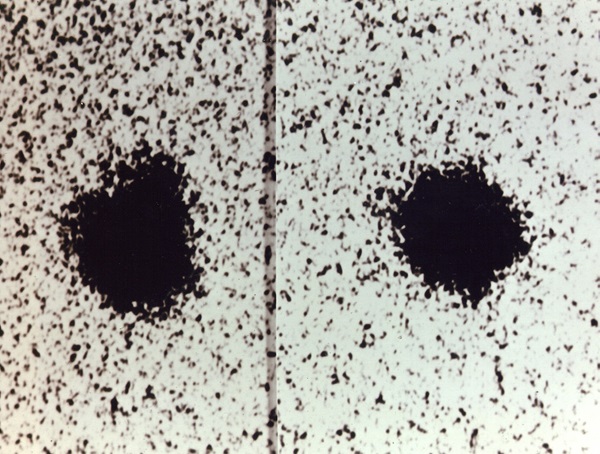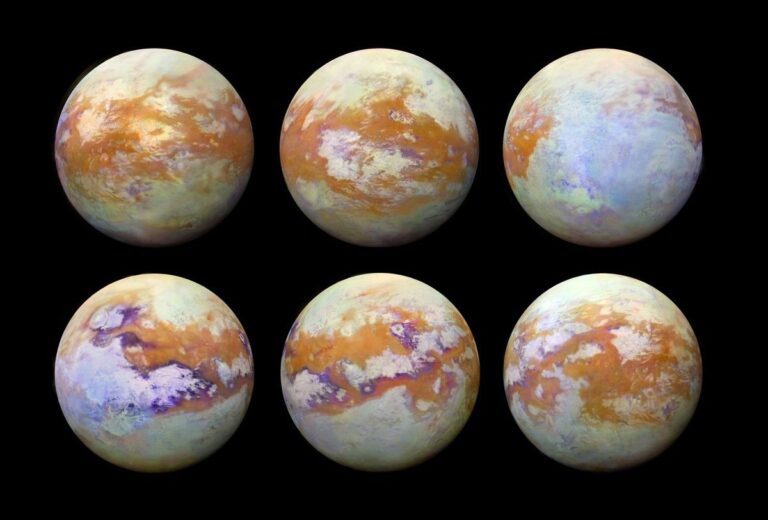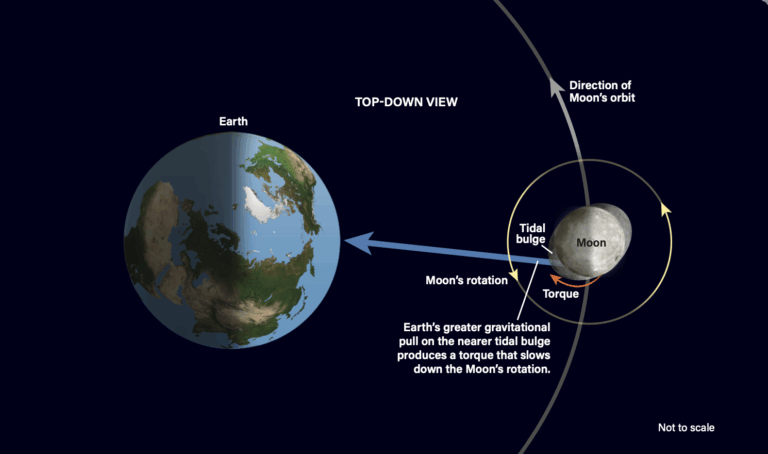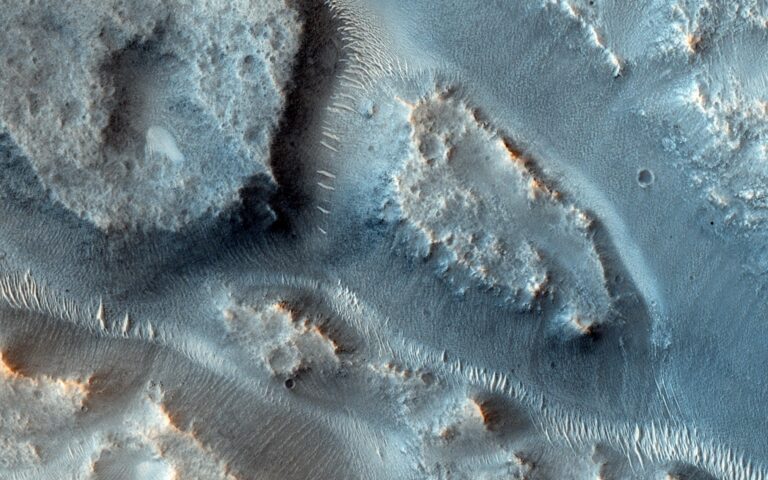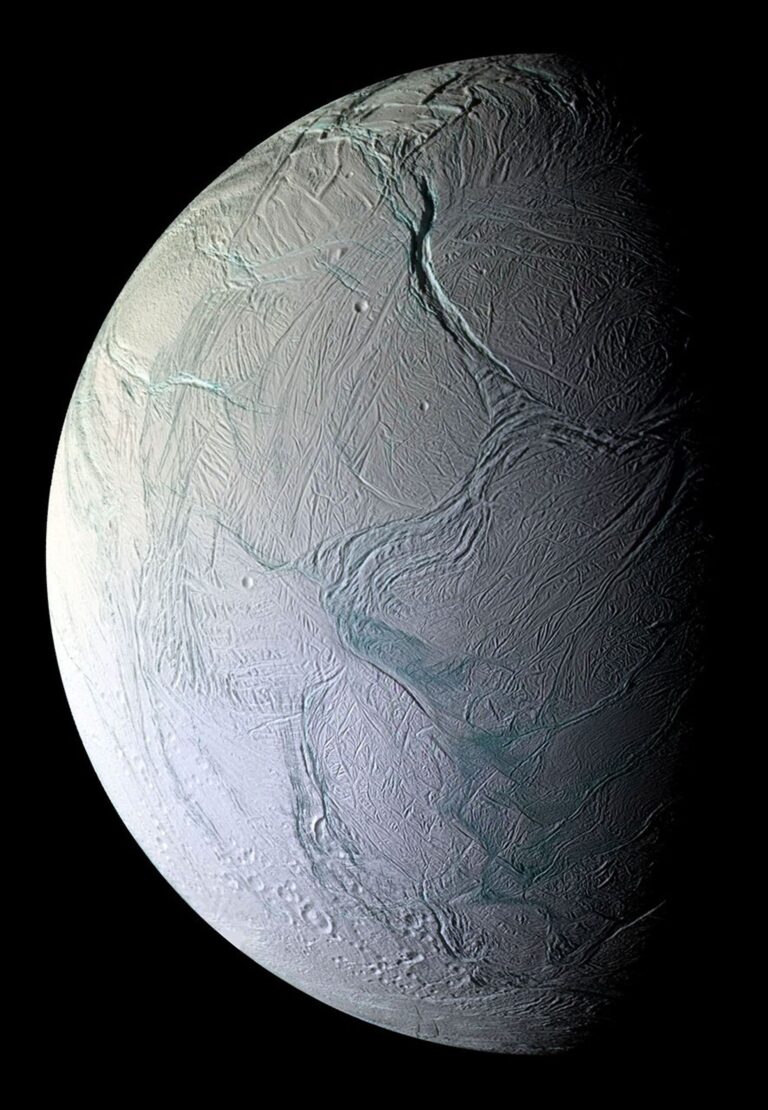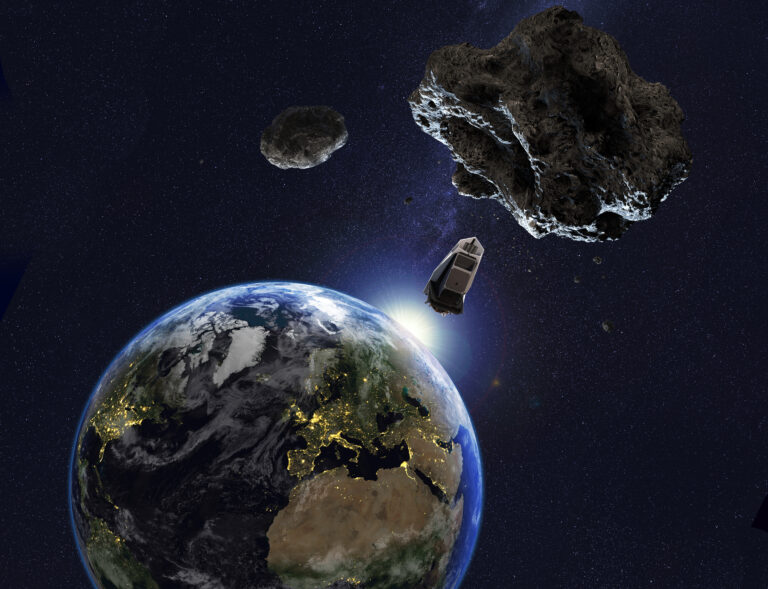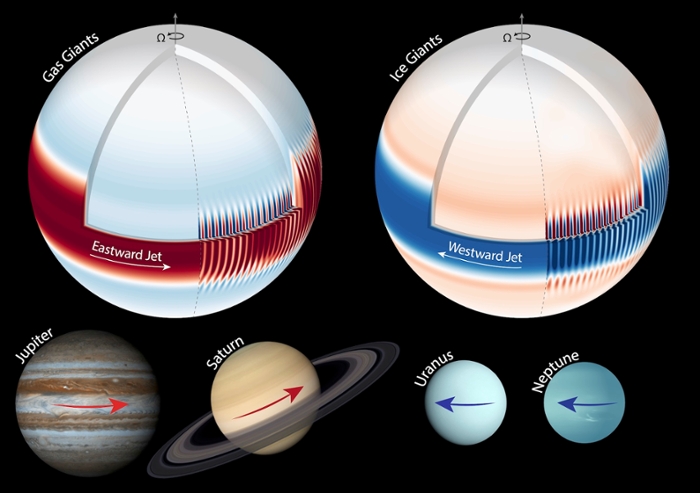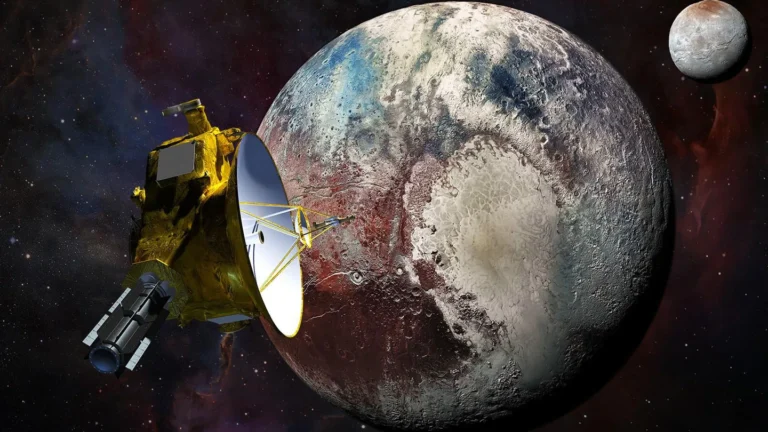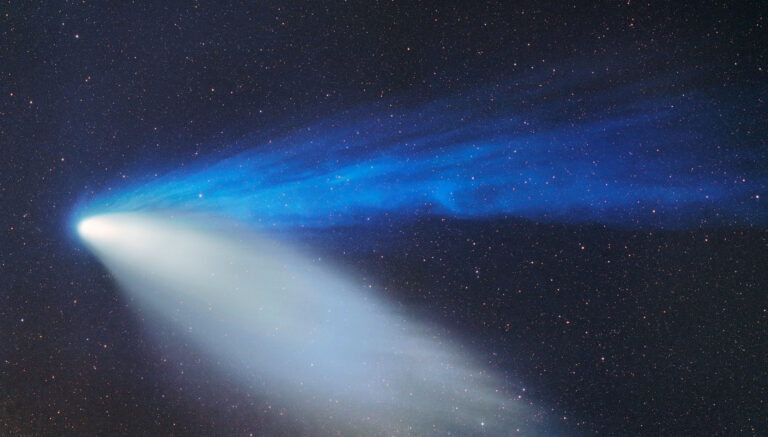Key Takeaways:
That year, a farmboy from Kansas named Clyde Tombaugh used the observatory’s 13-inch photographic telescope to discover a wandering “star” that ended up being a distant solar system object. For the first time since Neptune’s discovery in 1846, we were welcoming a new planet. The New York Times reported that it was possibly bigger than Jupiter and some 4 billion miles away.
Astronomers soon revised the size to around that of Mars. It wasn’t the massive Planet X everyone was looking for, but it seemed, by all accounts, to be our solar system’s ninth planet. Size estimates varied considerably over the next few decades, however, with some researchers concluding the world might be as big as Earth while others thought it could be as small as the Moon. Unfortunately, even when seen through the best telescopes of the day, Pluto appeared as no more than an unresolved speck of light.
When Astronomy was founded in 1973, astronomers still didn’t know a lot about this oddball outer planet. Fortunately, technological advances would soon make the picture a lot clearer.
The 1970s and 1980s
The first breakthrough came in 1976, when infrared observations revealed the presence of methane ice on Pluto’s surface. Because most solid bodies in the outer solar system are much richer in water ice, Pluto suddenly became even more exotic.
In 1977, Charles Kowal discovered Chiron (note the letter i). Although some people initially hailed this strange object as the “tenth planet,” it seemed too small — much closer to an asteroid than a planet. Chiron orbits the Sun largely between Saturn and Uranus on a path that could not be stable over millions of years, and astronomers soon realized it must have originated farther out.
The 1980s brought several revelations. First, the orbits of Pluto and Charon turned edge-on to Earth starting in 1985, leading to a series of mutual occultations where one passed in front of the other every 3.2 days. Scientists used these occultations to accurately measure the objects’ diameters and surface reflectivities. During one such occultation in 1998, James Elliot and his colleagues discovered that Pluto has a thin atmosphere.
The 1990s and 2000s
The 1990s brought the power of the Hubble Space Telescope to bear on Pluto. Images from the Earth-orbiting observatory revealed the first surface details of Pluto, though given the planet’s small size, the observations didn’t reveal much more than brightness variations hinting at regions with different compositions.
The 1990s also produced some much-needed context for Pluto, and led to a huge shift in our understanding of the solar system. In 1992, David Jewitt and Jane Luu discovered 1992 QB1. Although the tiny body is barely 60 miles (100 km) in diameter, its orbit places it beyond Pluto. Soon, astronomers discovered more of these so-called trans-Neptunian objects, many significantly larger. Eventually, scientists realized these objects formed an entire belt and named it after Kuiper. Pluto was simply the biggest and brightest of these objects.
Then Eris showed up. Discovered in 2005, it has slightly more mass than Pluto and a diameter just a few dozen miles smaller. A crisis in confidence erupted among astronomers: If something about as big as Pluto is out there, who’s to say there might not be dozens more?
Astronomers mulled redefining the parameters of a planet. The International Astronomical Union (IAU) proposed a draft that would have made Eris, Ceres, and even Charon planets, but it got scrapped. Then, at its 2006 meeting, the IAU voted to define a planet as something that orbits the Sun, has enough mass for self-gravity to give it a nearly spherical shape, and clears the neighborhood around its orbit. If it meets just the first two conditions, it’s a dwarf planet.
Pluto did not make the cut. It’s worth noting — while remaining agnostic on the planet vs. not-a-planet debate — that astronomers considered the first few asteroids found in the early 19th century to be planets until they understood the sheer number of objects in the asteroid belt.
In 2006, Alan Stern saw his decades-long dream come true: An Atlas V rocket lifted off from Cape Canaveral and sent the first probe toward Pluto. The craft, chock full of science instruments and carrying the ashes of Clyde Tombaugh, took nine years to reach its destination.
By 2012, Hubble added four new members to Pluto’s family, discovering the moons Nix, Hydra, Kerberos, and Styx. All are much smaller than Charon but similar in composition, hinting that they formed at the same time in one collision event.
New Horizons flew past Pluto in 2015 and finally nailed down the world’s size. It is 1,477 miles (2,377 km) in diameter — small, but not as small as Eris — making Pluto the current king of the Kuiper Belt. The spacecraft also showed that Pluto seems to be geologically active, with a giant, heart-shaped nitrogen glacier the size of Texas that constantly renews itself. The probe also revealed that a little of Pluto’s atmosphere condenses at Charon’s north pole, where solar radiation turns it a dark red.
Of all the large objects in our solar system, we’ve perhaps learned the most about Pluto since 1973. It went from a point of light at the limits of earthbound telescopes to a fully fleshed-out world. If New Horizons showed us anything about Pluto, it’s that going back could be the key to understanding how our solar system came together. And for that, it doesn’t matter whether Pluto’s a planet or not.


